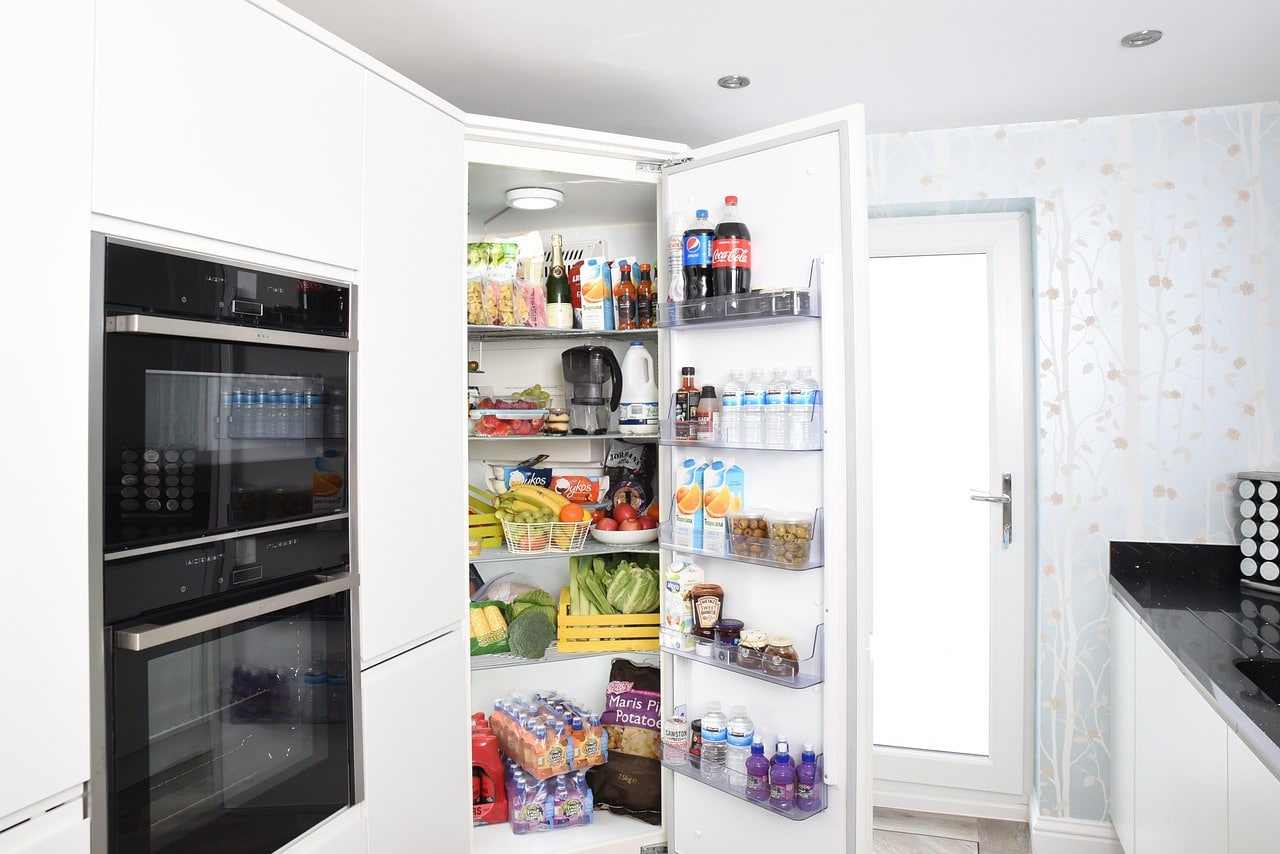
The refrigerator generates cold to preserve food.
The refrigerator is an appliance that generates cold to enable the preservation of food and other products. It is an appliance inside whose temperature is always kept low (generally, less than 6 ºC ).
Thermally insulated cabinet
It can be said that the refrigerator is a type of cabinet that enjoys thermal insulation . Typically, it has a compartment with a constant temperature of between 2 ºC and 6 ºC and another special sector ( freezer or freezer ), intended for freezing thanks to a temperature of between -6 ºC and -20 ºC .
Known as a refrigerator , refrigerator , refrigerator or refrigerator depending on the country, this device is usually located in the kitchen of homes. There are also refrigerators in various commercial establishments, laboratories and industrial plants.
Operation
What the refrigerator does is refrigerate : make an environment colder through artificial means. Its operation is based on several physical properties, such as the transfer of heat from a hot body to a colder one; the condensation of compressed gases; and heat removal through evaporation.
In this framework, the refrigerator uses a cyclic process to promote cooling. It has a gas that circulates inside a tube that, as it runs through the interior and external parts of the appliance, allows heat exchange.
In an outer section of the route, the gas is compressed, which increases its temperature . It is then cooled in a condenser , releasing the heat into the environment. The cooled gas turns into a liquid that releases even more heat and then evaporates, continuing to remove heat so that the interior of the refrigerator cools. Finally the gas returns to the outside for a new compression and restart the cycle.
Types of refrigerators
- Single door refrigerator : it is the most basic and common type. It has a single door that opens to the front and contains both the refrigerator and freezer compartments;
- Two-door refrigerator : also known as a combi refrigerator , it consists of a door for the refrigerator compartment, at the top, and another for the freezer, at the bottom. It offers more storage space and is generally larger than a door;
- Side-by-side refrigerator : it has two vertical doors that open in opposite directions. One half is used as a refrigerator and the other half as a freezer. They are usually quite spacious and offer a more balanced distribution of space;
- French refrigerator : also called French door refrigerator , it combines the characteristics of the side-by-side and the combi. It has two vertical doors at the top for the refrigerator compartment and a drawer-type freezer at the bottom.
History
The history of the refrigerator dates back centuries, when humans discovered the importance of preserving food and prolonging its shelf life . In ancient times, the most common way to preserve perishable foods was by using techniques such as salting, smoking, or cooling in caves or underground wells. These practices allowed food to be kept fresh for longer.
One of the first significant advances in food preservation occurred in the 18th century . In 1748, Scottish inventor William Cullen demonstrated the process of artificial refrigeration using a steam pumping apparatus. However, this technology was not widely used for practical purposes at that time.

In hot times, thanks to the refrigerator we can cool the drinks.
Between 1850 and 1900, several inventors and entrepreneurs contributed to the advancement of refrigeration technology. Already at the end of the 19th century, companies such as Frigidaire Company and General Electric began to manufacture and market electric refrigerators for home use that used compressors and refrigerants to cool the air inside.
As the 20th century progressed, refrigerators became more accessible and popular in homes around the world. Improvements were made to its design, energy efficiency and storage capacity.
